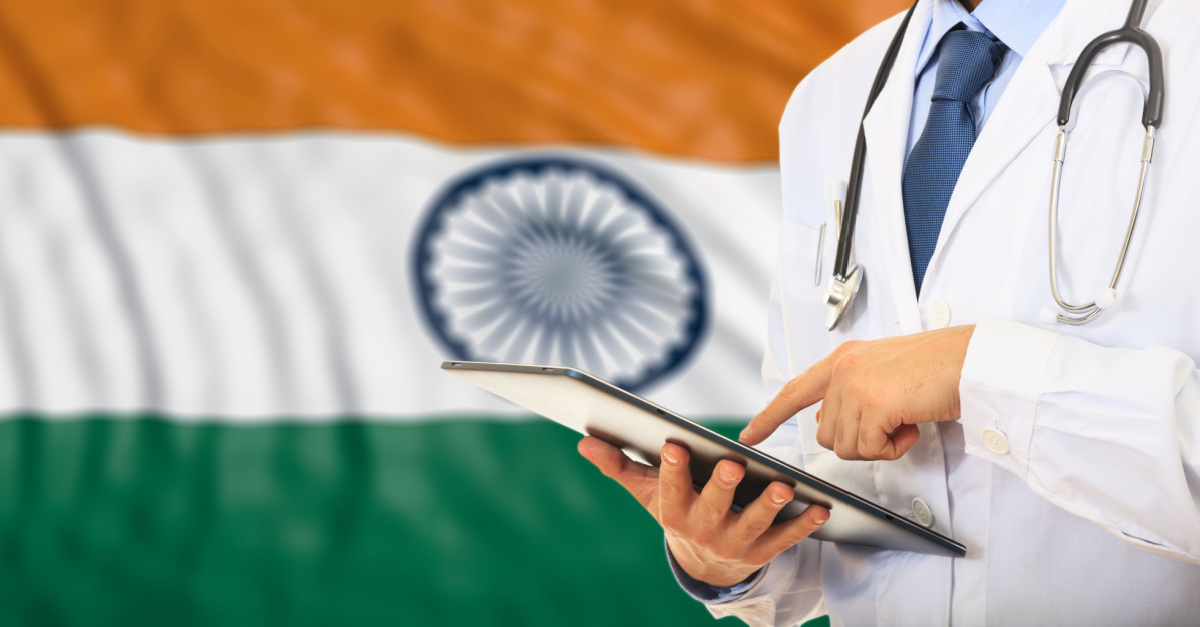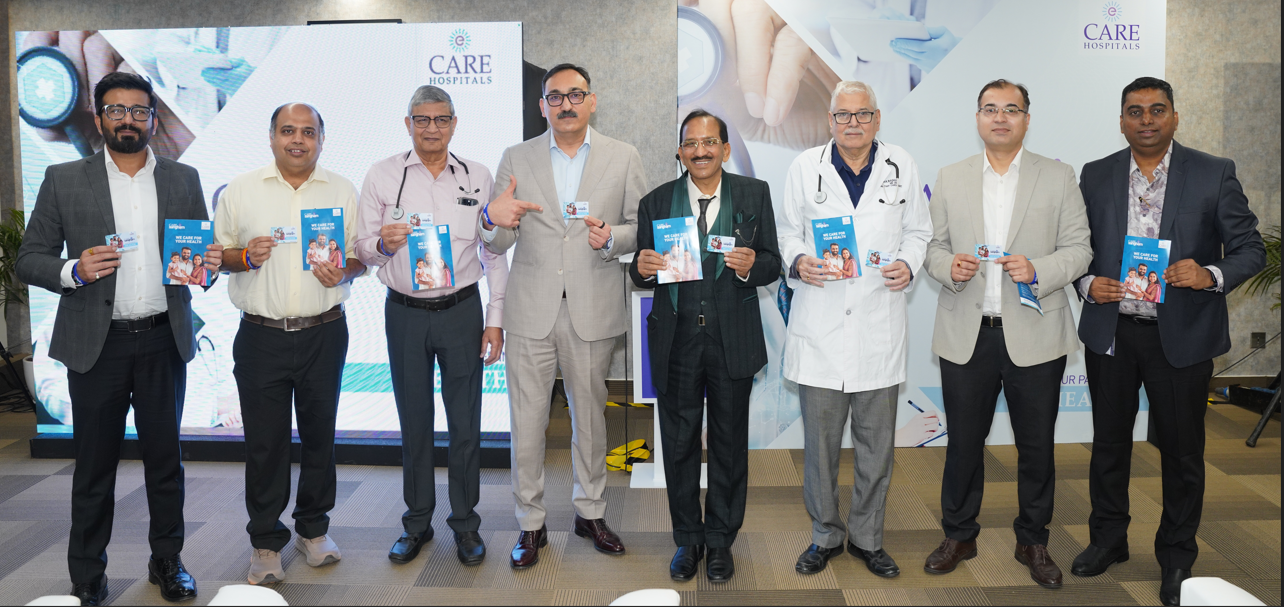India’s healthcare sector stands at a pivotal moment in its journey, poised between the pressing challenges of today and the transformative possibilities of tomorrow. The Union Budget provides a unique opportunity to reshape the country’s healthcare landscape by addressing critical gaps, from the shortage of medical specialists to the rising costs of cancer care. With strategic reforms and bold initiatives, India can establish a robust, equitable, and forward-thinking healthcare system that meets the needs of its growing population while positioning itself as a global leader in healthcare innovation and accessibility.
India’s healthcare challenges are vast and multi-dimensional. Despite significant progress in the past decades, the sector struggles with an acute shortage of medical professionals, insufficient hospital infrastructure, and unaffordable treatment costs. For instance, cancer, one of the leading causes of death in the country, remains out of reach for many due to limited facilities and high costs. Similarly, the lack of hospital beds and advanced medical equipment hinders access to timely and effective care for millions.
A unified strategy focusing on expanding hospital capacity, improving reimbursement frameworks, lowering treatment costs, and enhancing medical education can bridge these gaps. By prioritizing these areas, India can lead the way for a healthier and more sustainable future for its citizens.
The healthcare sector, represented by NATHEALTH, has outlined critical recommendations to guide the Union Budget. These proposals aim to address systemic inefficiencies while fostering innovation and growth.
1. Increasing Healthcare Budget Allocation: The sector calls for increasing the healthcare budget to over 2.5% of GDP. This investment is crucial for addressing infrastructure gaps, reducing treatment costs, and making healthcare more accessible and affordable for all citizens.
2. Reducing Costs for Cancer Care: A major recommendation is the removal of customs duties and a reduction of GST to 5% on oncology radiation equipment like Linear Accelerators (LINACs). This measure can significantly increase cancer treatment capacity, especially in underserved regions, ensuring timely care for patients.
3. Expanding Medical Education: Addressing the shortage of specialists requires increasing the number of MBBS and postgraduate medical seats. Government-led investments, supported by innovative financing mechanisms such as loans and interest subventions, can help achieve this goal. Additionally, increasing tuition fees for private Diplomate of National Board (DNB) programs by 75-100% could generate funds for capacity expansion in medical education.
4. Driving Digital Healthcare Innovation: A 10-year digital health incentive plan is proposed to encourage the adoption of the Ayushman Bharat Digital Mission (ABDM) infrastructure. This plan includes enhancing data security, implementing electronic health record (HER) systems, and upskilling technical resources. Collaboration between industry, academia, and start-ups is vital to foster digital innovation, which can revolutionize healthcare delivery and accessibility.
5. Promoting Medical Tourism: Establishing a dedicated fund to position India as a leader in medical tourism can attract international patients seeking high-quality, affordable care. Targeted investments in critical and holistic health services can strengthen India’s reputation as a global healthcare destination.
6. Encouraging Med-Tech Innovation: A fund to support research and development (R&D) in Med-Tech is essential. This initiative would reward innovation and transition procurement norms towards value-based care, ensuring quality and efficiency in healthcare delivery.
India’s taxation policies can play a significant role in strengthening the healthcare sector. NATHEALTH advocates for the allocation of proceeds from healthcare cess and a proposed 35% GST slab on tobacco and sugar products to bolster public health programs. These funds can be used to combat non-communicable diseases and promote preventive healthcare measures.
Additionally, a unified 5% GST on all healthcare goods and services can reduce input costs for providers, making treatments more affordable for patients.
Infrastructure is the backbone of any healthcare system. To address the shortfall in hospital beds, the government can allocate resources to add 2.5–3.0 million beds nationwide. This expansion requires innovative financing models such as Viability Gap Funding (VGF) and long-term, low-interest capital investments. Encouraging participation from mid-sized and smaller healthcare providers can also accelerate progress.
To accommodate urban expansion, permitting hospital heights up to 60 meters nationwide, along with funding for fire safety upgrades, is essential. This change can ensure compliance with safety standards while increasing hospital capacity in densely populated areas.
Financial sustainability is a pressing concern for healthcare providers, especially those participating in government schemes. Many reimbursement rates under programs like the Central Government Health Scheme (CGHS), Pradhan Mantri Jan Arogya Yojana (PMJAY), and Ex-Servicemen Contributory Health Scheme (ECHS) have remained unchanged for nearly a decade. Indexing these rates to the Consumer Price Index (CPI) can ensure fair compensation for providers, enabling them to deliver quality care without financial strain.
Technology is a game-changer in healthcare, and India has immense potential to lead this transformation. From telemedicine and AI-driven diagnostics to robotics in surgery, integrating advanced technologies can make healthcare more efficient and accessible. The proposed digital health incentive plan is a step in the right direction, encouraging providers to adopt cutting-edge solutions.
Investing in digital infrastructure can also bridge the gap between rural and urban healthcare. By enabling remote consultations, electronic health records, and mobile health applications, technology can ensure that even the most remote regions have access to quality care.
India’s healthcare sector holds immense potential for medical tourism. The combination of skilled professionals, advanced facilities, and affordable costs makes the country an attractive destination for international patients. Establishing a dedicated fund to promote medical tourism can further enhance India’s global standing.
By focusing on holistic health services, including Ayurveda and other traditional practices, India can offer a unique blend of modern and traditional medicine, catering to diverse patient needs.
Collaboration is also one of the key factors driving innovation in healthcare. Partnerships between industry, academia, and start-ups can lead to breakthroughs in medical technology, treatment protocols, and healthcare delivery models. By creating an ecosystem that supports research and development, India can become a hub for healthcare innovation.
The Union Budget is more than just an economic exercise; it is an opportunity to redefine India’s healthcare narrative. By addressing systemic challenges and embracing innovation, India can build a healthcare system that is inclusive, efficient, and future-ready.
The road ahead Is not without obstacles, but with strategic investments and collaborative efforts, the vision of a healthier India is well within reach. As the nation takes these bold steps, it not only secures a better future for its citizens but also establishes itself as a global leader in healthcare.
Now is the time for action. The choices made today will shape the health and well-being of generations to come.

 By addressing systemic challenges and embracing innovation, India can build a healthcare system that is inclusive, efficient, and future-ready
By addressing systemic challenges and embracing innovation, India can build a healthcare system that is inclusive, efficient, and future-ready










.jpeg)

.jpg)


.jpeg)
.jpeg)


.jpeg)
.jpg)





.jpeg)


